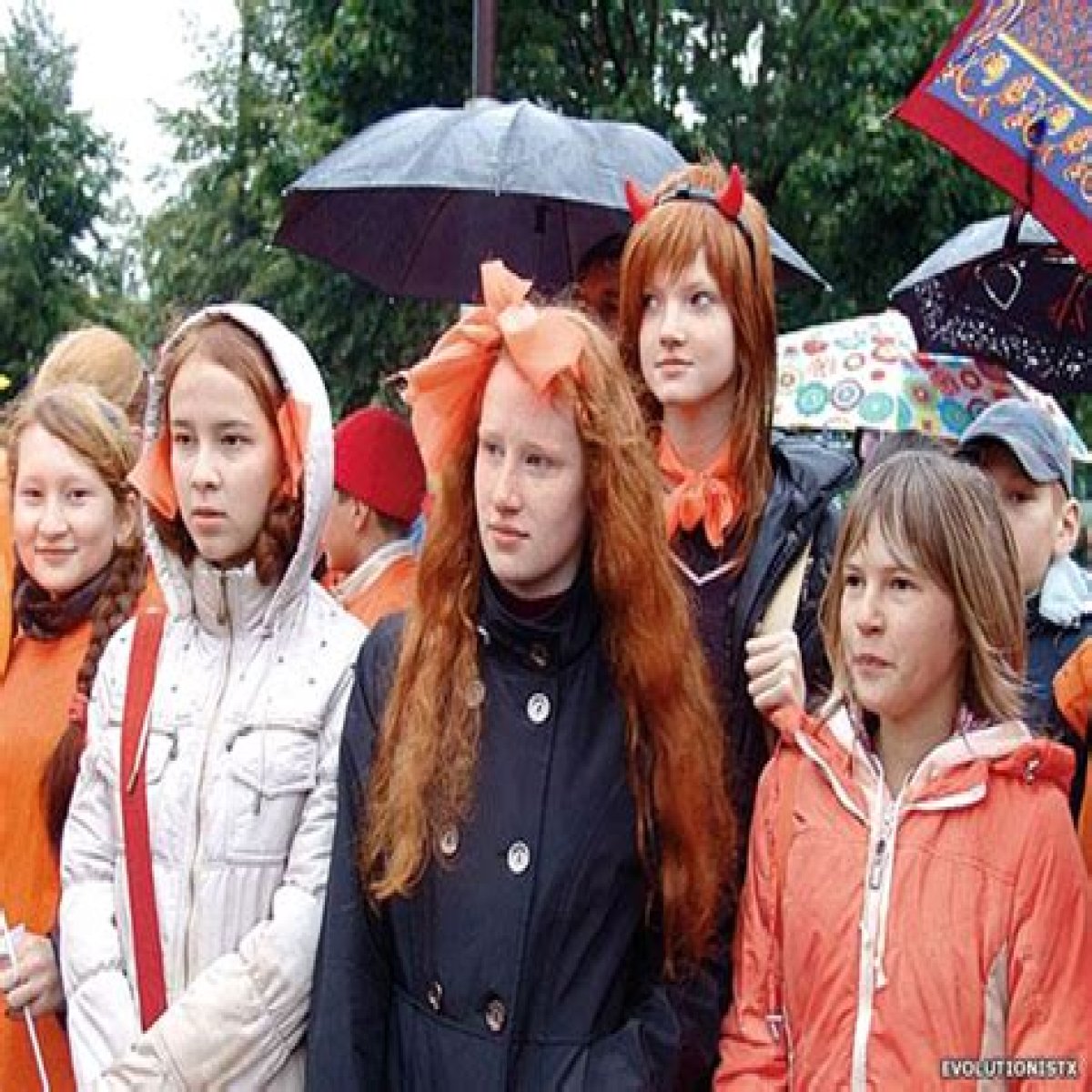The Uralic race represents a unique and fascinating ethnic group that has shaped the cultural landscape of Europe and Asia for centuries. This race encompasses various peoples who trace their ancestry back to the Ural Mountains region, spanning parts of modern-day Russia, Finland, Estonia, and Hungary. With a rich tapestry of languages, traditions, and histories, the Uralic race is an essential part of our understanding of human diversity. As we dive into the exploration of the Uralic race, we uncover the profound connections between language, culture, and identity that have emerged over millennia. The Uralic peoples are not just defined by their geographical origins; they are characterized by their unique societal structures, folklore, and the resilience of their traditions in the face of modern challenges.
Throughout history, the Uralic race has been influenced by migrations, conquests, and cultural exchanges, leading to a blend of influences that have shaped their identities. The linguistic ties among the Uralic peoples, including Finnish, Hungarian, and Sámi languages, reveal the complexity of their interactions and the evolution of their societies. Understanding the Uralic race requires us to look beyond just genetics; we must also consider the cultural and historical contexts that have played a pivotal role in shaping who they are today.
The significance of the Uralic race extends far beyond academic interest; it invites us to appreciate the rich diversity of human experience and the intricate ways in which cultural identities are formed and transformed. As we explore the various dimensions of the Uralic race, we will address key questions about their history, language, and contemporary significance, shedding light on a fascinating aspect of our shared human heritage.
What is the Origin of the Uralic Race?
The Uralic race is believed to have originated from a group of ancient peoples who inhabited the Ural Mountains region. This area serves as a geographic divide between Europe and Asia, which has played a crucial role in the migrations of various ethnic groups over time. The Uralic language family, which includes languages such as Finnish, Estonian, and Hungarian, is thought to have emerged from this region.
How Did the Uralic Peoples Spread Across Europe and Asia?
The spread of the Uralic peoples can be traced through several migratory waves, influenced by factors such as climate, resource availability, and socio-political dynamics. As these groups migrated, they established settlements, traded with neighboring cultures, and adapted to new environments. Key migrations include:
- Finno-Ugric expansion towards the west, leading to the establishment of Finnish and Estonian communities.
- The movement of the Sámi people across the northern regions of Scandinavia.
- The migration of Magyars from the Ural region into the Carpathian Basin, forming the basis for modern Hungary.
What Are the Key Characteristics of the Uralic Race?
While physical characteristics can vary widely among individuals, certain traits may be more common within the Uralic race. These characteristics include:
- Generally lighter skin tones compared to southern Europeans.
- Distinctive facial features, often described as high cheekbones and wide-set eyes.
- Hair color that ranges from light blonde to dark brown.
What Languages Are Associated with the Uralic Race?
The Uralic language family is a cornerstone of the cultural identity of the Uralic peoples. It is divided into two main branches: the Finno-Ugric and the Samoyedic languages. Some of the most prominent languages include:
- Finnish: Spoken primarily in Finland and known for its unique grammatical structure.
- Hungarian: A significant language in Central Europe with distinct vocabulary and syntax.
- Estonian: Closely related to Finnish and spoken in Estonia.
- Sámi Languages: A group of languages spoken by the Sámi people in northern Scandinavia.
How Has Culture Influenced the Uralic Race?
The cultural heritage of the Uralic race is incredibly diverse, encompassing a wide range of traditions, folklore, and practices. From shamanistic rituals among the Sámi to the rich storytelling traditions of Finnish and Hungarian cultures, the Uralic peoples have preserved their unique identities through various forms of artistic expression. Key cultural elements include:
- Traditional music and dance, often reflecting the natural environment.
- Folktales and myths that convey moral lessons and historical narratives.
- Craftsmanship, particularly in textiles and woodwork, showcasing regional styles.
What Challenges Do the Uralic Peoples Face Today?
Despite their rich cultural heritage, the Uralic peoples face numerous challenges in the modern world. Some of these challenges include:
- Language preservation, as many Uralic languages are endangered.
- Socio-economic disparities, particularly in remote regions.
- Loss of traditional lifestyles due to globalization and urbanization.
What Role Does the Uralic Race Play in Contemporary Society?
The Uralic race continues to play a vital role in the cultural mosaic of Europe and Asia. As globalization increases, there are concerted efforts to revitalize Uralic languages and traditions, ensuring that future generations can connect with their heritage. Cultural festivals, language programs, and community initiatives are some of the ways in which the Uralic peoples are preserving their identity in a rapidly changing world.
Conclusion: The Uralic Race and Its Legacy
The Uralic race represents an intricate tapestry of history, culture, and human resilience. As we reflect on the journey of the Uralic peoples, we are reminded of the importance of cultural diversity and the need to safeguard our shared heritage. By understanding the complexities of the Uralic race, we can foster a greater appreciation for the myriad ways in which human identity is shaped and expressed.
Unraveling The Mystique: King Von And The Notorious Question Of ViolenceDiscovering Fay NC SkipTheGames: A Unique EncounterExploring The Connection: Stephen Amell And Robbie Amell Related
